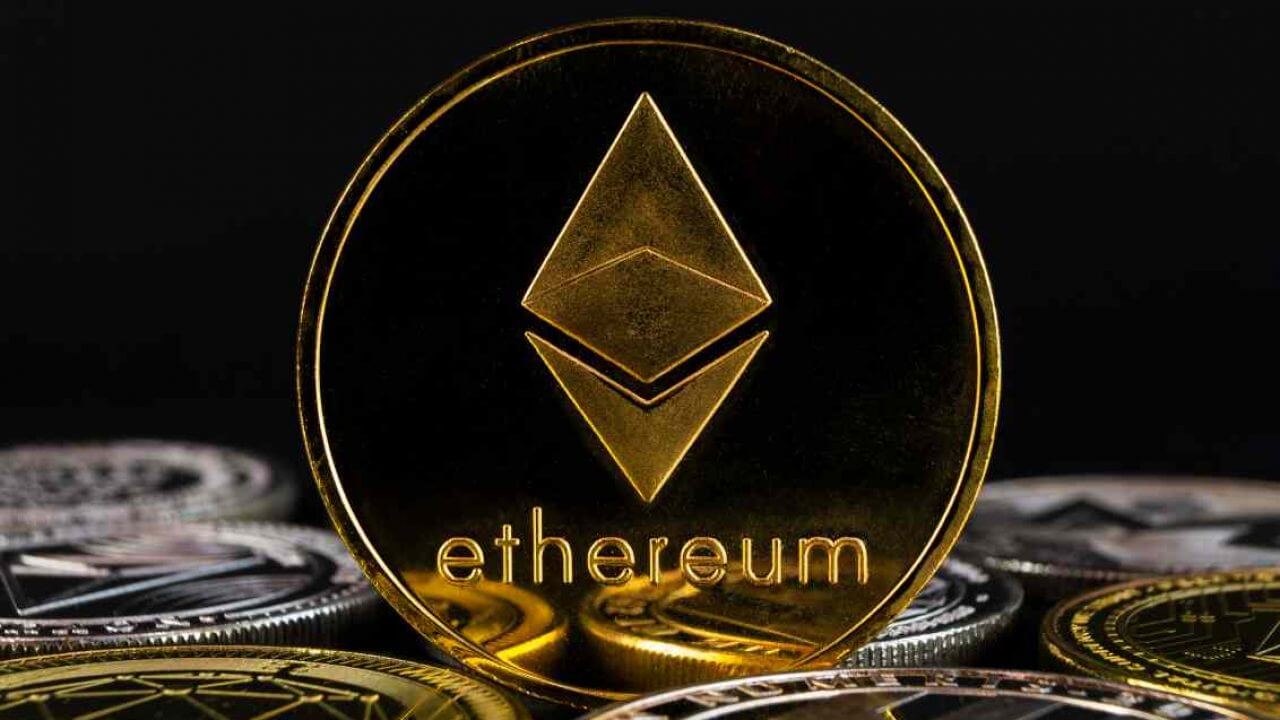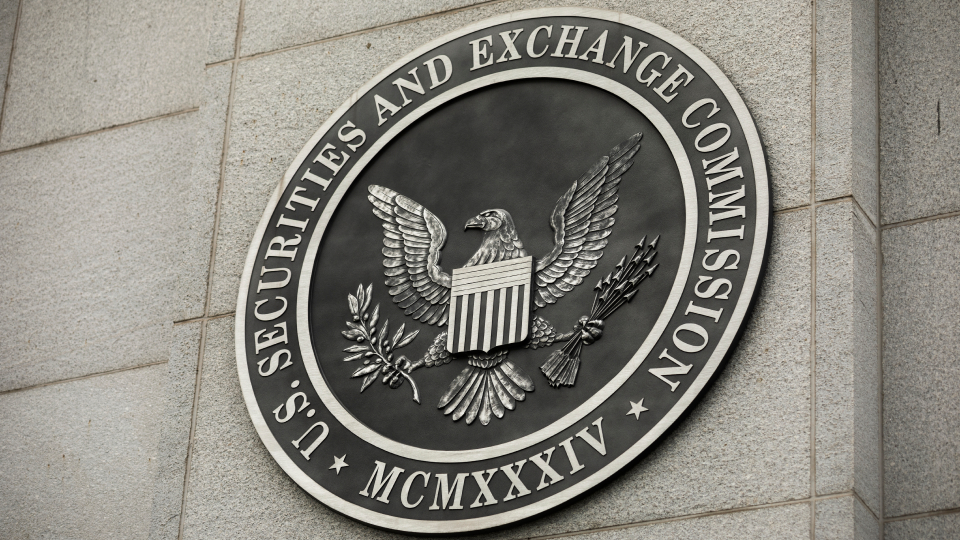|
Getting your Trinity Audio player ready...
|
The US Securities and Exchange Commission’s (SEC) green light for spot ether (ETH) exchange-traded funds (ETFs) is a game-changer for Ethereum. With major financial institutions launching these funds on established platforms, the impact goes beyond mere convenience. It could fundamentally reshape ETH’s market behavior and staking economics. Here’s a breakdown of what this approval might mean:
Demand Surge and Price Fluctuations
Anticipate a potential price rally for ETH. Increased demand from institutions buying and holding ETH mirrors the trend observed with Bitcoin (BTC) ETFs earlier this year. This reduced exchange availability can drive prices upwards. However, analysts at Galaxy Digital predict ETH ETF inflows to be around one-third that of BTC, reflecting their relative market sizes.
The “Digital Gold” vs. “Supercomputer”: A Tale of Two Assets
While BTC ETFs benefited from the “digital gold” narrative, explaining Ethereum’s value as a complex, distributed supercomputer might be trickier. Additionally, unlike readily available BTC, a significant portion of ETH is already locked in staking and smart contracts, reducing immediate selling pressure. This inherent scarcity, compounded by ETF demand, could lead to sharper price movements and greater volatility for ETH.
A Tug-of-War Between BTC and ETH ETFs?
Some experts predict ETH ETFs attracting investment previously directed at BTC. Others believe it might portray BTC as a safer haven, boosting BTC ETF inflows. Ultimately, market cap-weighted strategies preferred by many investors could lead to some capital rotation between the two.
- Staking: An Intriguing Variable
Currently, 27% of ETH is staked, and rising prices make staking rewards more enticing. However, SEC regulations prohibit US ETF issuers from staking their holdings. This might incentivize crypto-savvy investors to stake directly, potentially dampening ETF demand. Nonetheless, the audiences for direct holding/staking and ETF investments are likely to remain distinct.
Staking’s Influence on Supply and Price
Higher staking rewards could incentivize more holders to lock their ETH, further reducing circulating supply and potentially boosting prices. But will the exclusion of ETF-held ETH from staking dampen this effect? This remains to be seen.
Also Read: Ethereum (ETH) Price to Explode? ETFs Spark $5.4 Billion Inflow Predictions & $5,000 Target
The Long Game: Institutional Investment and Stability
The SEC approval signifies a long-term shift. Institutional investors with a long-term outlook could provide a stable and substantial source of capital, unlike the potentially volatile flows from retail traders. Binance CEO Richard Teng emphasizes this, expecting “exponential growth in ETF liquidity” over time.
Spot ETH ETFs usher in a new era for Ethereum. They broaden the appeal of ETH to a wider investor base, while simultaneously testing the adaptability of its economic model. As the market adjusts to these new instruments, the interplay between direct holding, staking, and ETF investments will shape the next phase of the Ethereum ecosystem’s development.
Disclaimer: The information in this article is for general purposes only and does not constitute financial advice. The author’s views are personal and may not reflect the views of Chain Affairs. Before making any investment decisions, you should always conduct your own research. Chain Affairs is not responsible for any financial losses.

The latest Crypto News on Blockchain, Crypto, NFTs, Bitcoin, DOGE, XRP, Cardano IOTA, SHIB, ETH, DeFi, and the Metaverse.




